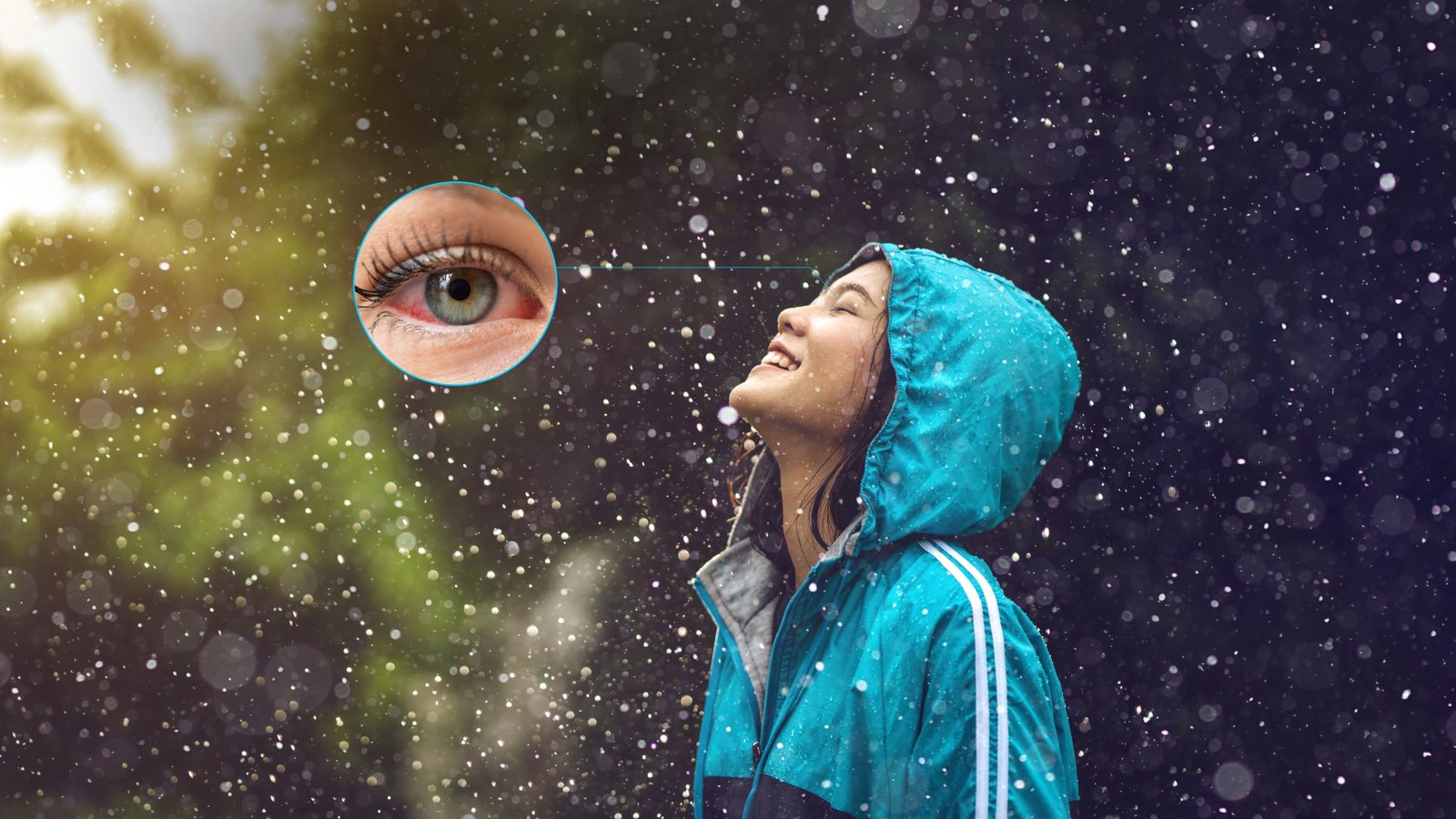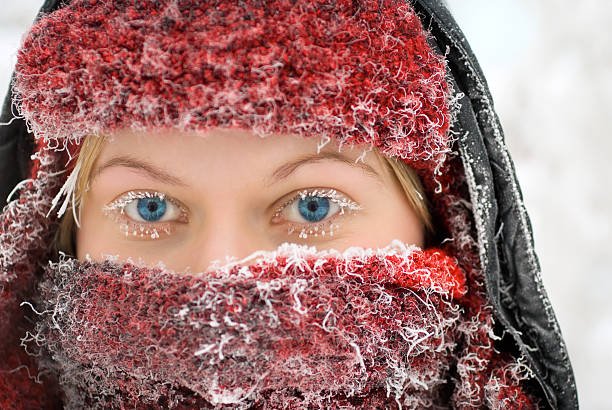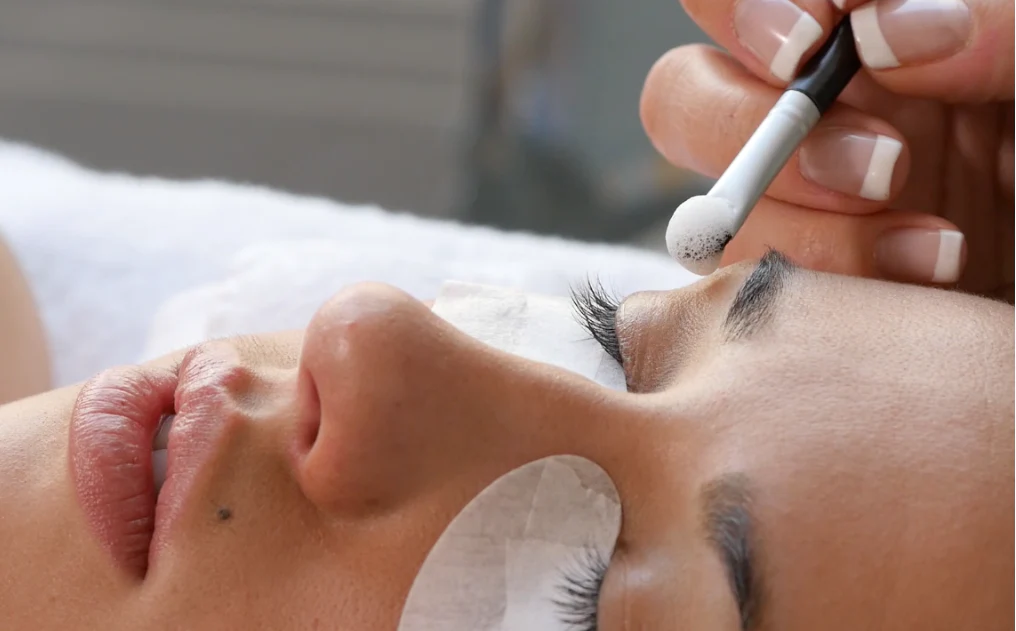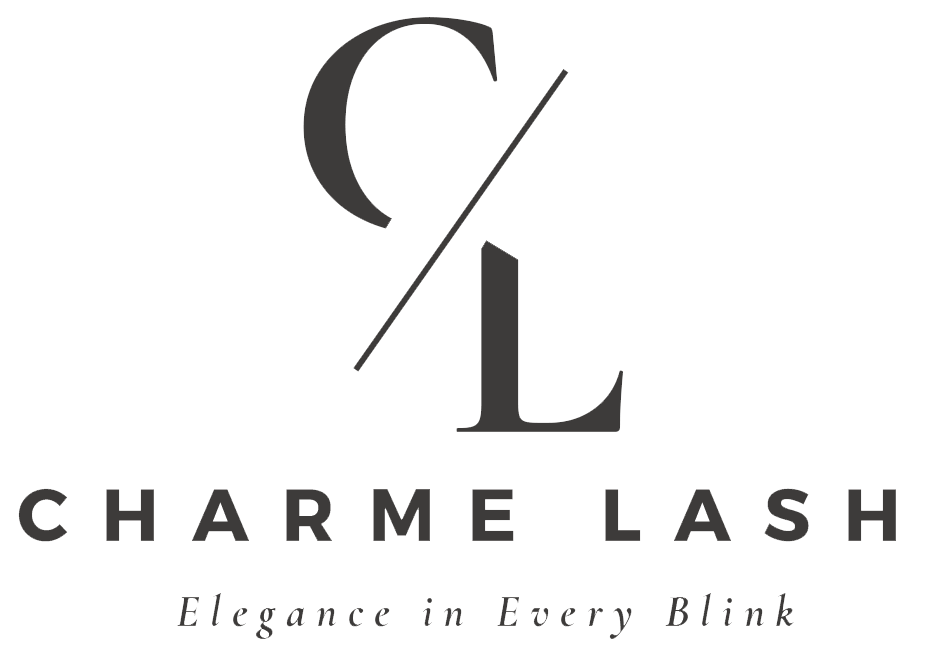Blog
HOW RAIN AND SNOW MAY AFFECT LASH RETENTION
In the realm of professional beauty services, the meticulous art of lash extensions has become a staple for enhancing clients’ natural beauty. These delicate additions can transform appearances, boost self-confidence, and create stunning eye-catching effects. However, achieving the desired lash look and retention requires more than just skilled application and understanding of all industry specifics; external factors, such as weather conditions, play a significant role in determining how long those beautiful mink individual lashes will last. This article delves into the nuanced impact of rain and snow on lash retention, offering professionals valuable insights to provide effective advice and solutions to clients.
THE EFFECTS OF RAIN ON LASH RETENTION
So does weather affect eyelash retention? Absolutely yes. But before we figure out how to deal with that challenge, let’s discuss the factors that have an impact to the lash retention. Simply, we are going to understang how does the weather affect lash extensions.

Increased Moisture and Humidity Levels
Rainy weather brings with it elevated humidity levels, which can pose challenges to lashartists on the road to long-lasting lash set. Lash extensions adhere using specialized adhesive, and high humidity may affect the curing process of the adhesive, potentially leading to weaker bonding. Professionals must recognize the importance of using specially formulated lash glue for high humidity environments to ensure optimal adhesion. Modern professional lash adhesive works well in a very wide humidity range, which cannot affect its flawless performance. Assess the indicators in you working environment to proceed further and determine the glue that will work.
Water Droplets and Premature Shedding
Does rain affect lash extensions? Water droplets that accumulate on lash extensions can have unintended consequences. The added weight of water droplets can weaken the bond between the lash extensions and the natural lashes, leading to premature shedding. Educating clients about the risks of getting their lashes wet and emphasizing the significance of proper aftercare can help mitigate this issue. Water exposure can also jeopardize whole lash set when it is the first 24 hours after the appointment. There is a high risk of shock curing. In rainy seasons, we recommend lash techs to stock up with Lash Extra Bonder to prevent shock polymerization once and for all.
Proper Aftercare and Drying
To counteract the effects of rain, professionals should emphasize the necessity of proper lash maintenance. Encourage clients to gently blot their lashes with a clean, dry cloth after exposure to rain, followed by using a fan on a low setting to ensure thorough drying. This routine prevents excessive moisture buildup and maintains the integrity of the lash extensions.
THE EFFECTS OF SNOW ON LASH RETENTION

Cold Temperatures and Adhesive
Can cold weather affect lash extensions? Well, also yes. Snow means not only holidays and festive mood, but introduces cold temperatures that can impact lash adhesives as well. Cold temperatures can slow down the curing process of the adhesive, potentially leading to incomplete bonding. What does it mean? Poor retention. What can be worse than that? Professionals should recommend clients opt for adhesives that are specifically designed to withstand colder temperatures for improved retention.
Snowflakes and Ice Crystals
Snowflakes and ice crystals, while beautiful, can pose challenges to lash extensions. These frozen particles can stick to the lashes, leading to clumping and tangling. Clients should be educated about the need to gently brush or comb their lashes to remove any ice particles after exposure to snowy conditions. It takes two to lash, and the client can help the artist to keep the extensions safe.
Protective Measures
In snowy weather, protecting lash extensions becomes essential. Clients should be advised to shield their lashes from direct exposure by using umbrellas, hoods, or hats. Additionally, clients must avoid excessive touching or rubbing of their lashes, as this can lead to damage or premature shedding.
PREPARING LASHES FOR INCLEMENT WEATHER
Conversation is a Key
Empower clients with knowledge about potential challenges their lashes may face during rainy or snowy weather. Setting realistic expectations can foster a stronger partnership between professionals and clients, resulting in better lash retention outcomes.
Lash Style Recommendations
Consider recommending lash styles and lengths that align with the climate of the region. Shorter and more natural-looking extensions might be more suitable for rainy or snowy areas, as they are less likely to be affected by moisture and other weather-related elements.
Aftercare Guidance
Thorough aftercare instructions are needed to help clients maintain lash retention during adverse conditions. Highlight the importance of using a lash-friendly cleanser, avoiding oil-based products near the eyes, and gently combing through the lashes to prevent tangling.
PROTECTING LASH EXTENSIONS IN RAINY AND SNOWY WEATHER
Lash Sealants or Coatings
The concept of lash sealants or coatings is gaining enormous popularity among the lash lovers. These products can offer an additional layer of protection against moisture, helping to prolong lash retention. The benefits of these products are so impactful that every lash tech should consider integrating them into their lashing process.
Protective Accessories
Recommend practical accessories such as umbrellas, hoods, or hats that can shield lashes from direct exposure to rain or snow. Emphasize that investing in these items can significantly contribute to the longevity of lash extensions.
Minimize Lash Interaction
Advise clients to refrain from excessive touching, rubbing, or playing with their lash extensions, especially when they are wet. Educate them about the potential consequences of such behavior, which can include premature shedding and damage to the extensions and natural lashes.

ADDITIONAL TIPS FOR LASH RETENTION IN INCLEMENT WEATHER
Makeup and Skincare Products
Counsel clients on the cautious use of waterproof mascaras and eyeliners. While these products offer convenience, excessive use can lead to decreased lash retention. Recommend alternatives and provide a list of lash-friendly makeup and skincare products to safeguard lash health.
Lash Hygiene Practices
Promote proper lash hygiene practices to minimize the risk of infections or irritations. Clients should be educated about the importance of regular cleaning, using the appropriate cleanser, and avoiding excessive dirt on the lashes.
Ongoing Communication
Maintaining open lines of communication with clients is crucial. Encourage them to reach out if they have any concerns or questions about lash retention during specific weather conditions. This proactive approach enhances the client-professional relationship and ensures clients feel supported. They will surely return to you if you help them throughout weather changes and build trust.
CONCLUSION
The world of lash extensions, though enchanting, is not immune to the influences of nature. Weather conditions, particularly rain and snow, can significantly impact lash retention and the overall satisfaction of clients. By understanding the intricate ways in which moisture, humidity, and cold temperatures affect lash adhesion, professionals can empower clients with knowledge and solutions to maintain stunning lash extensions even in inclement weather. Through a combination of education, preparation, protective measures, and diligent aftercare, lash professionals can ensure that clients’ lash extensions remain breathtaking regardless of the elements.

